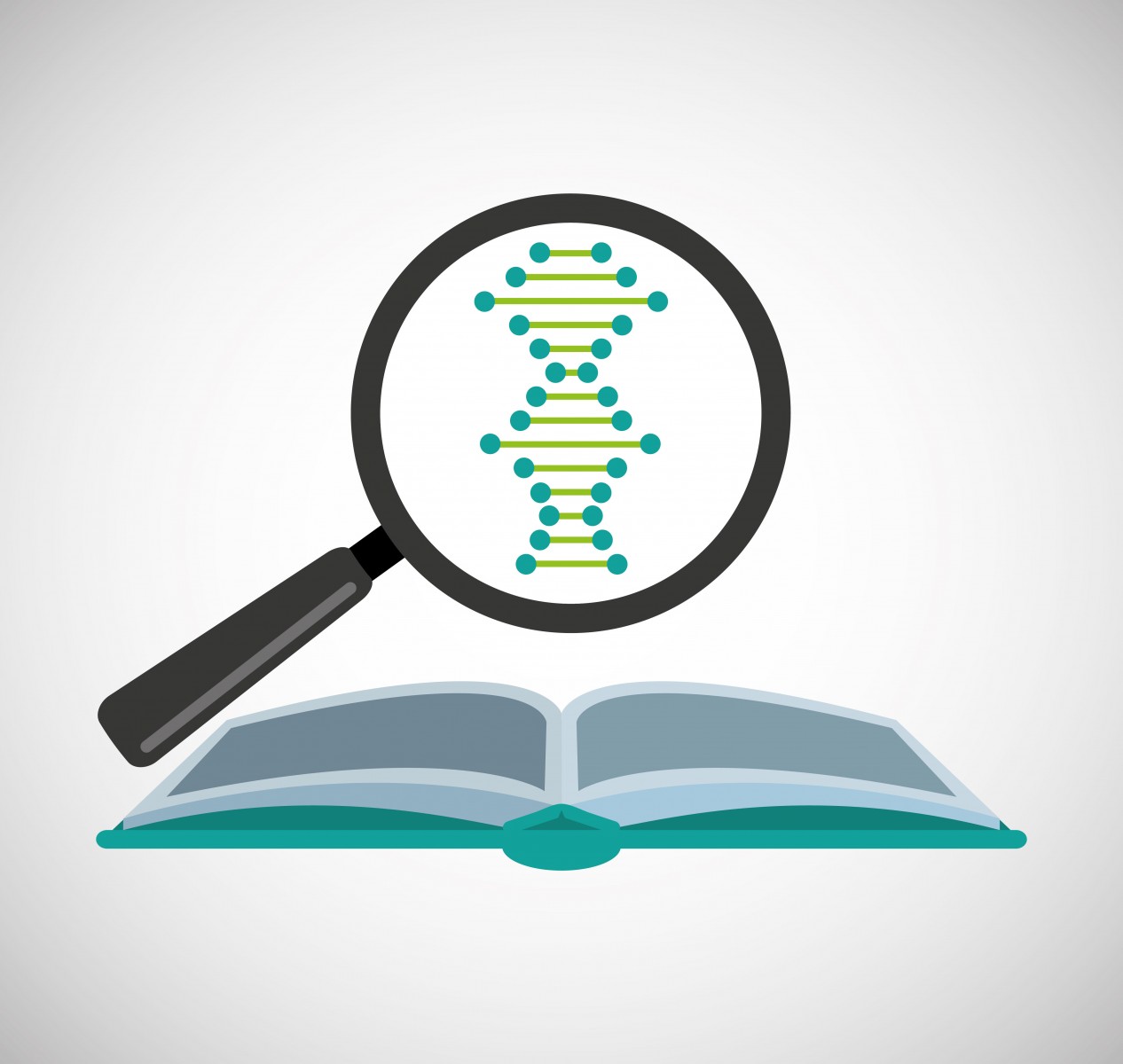World’s Largest Sickle Cell Disease Stem Cell Library Underway
Written by |

Scientists in Boston are creating a stem cell library that could write a new chapter for far-reaching possibilities in sickle cell disease (SCD) research and innovative therapy development.
The library comprises sickle cell disease-specific induced pluripotent stem cells (iPSCs), which can can renew as many times as necessary without any type of differentiation, meaning they can be directed to grow as any tissue or organ. This characteristic makes iPSCs particularly helpful to create disease models in labs, helping scientists understand how diseases develop.
“iPSCs have the potential to revolutionize the way we study human development, model life-threatening diseases, and eventually treat patients,” project leader George Murphy, PhD, said in a press release.
Murphy is co-founder of the Center for Regenerative Medicine (CReM), a collaborative initiative between Boston Medical Center (BMC) and Boston University, where the library is being developed.
The library aims to gather blood samples from SCD patients with different ethnic backgrounds worldwide to represent the major genetic backgrounds on which the sickle cell mutation occurred.
Further details are outlined in an article titled “A Comprehensive, Ethnically Diverse Library of Sickle Cell Disease-Specific Induced Pluripotent Stem Cells,” published in the current issue of Stem Cell Reports.
“In addition to the library, we’ve designed and are using gene-editing tools to correct the sickle hemoglobin mutation using the stem cell lines,” said Gustavo Mostoslavsky, MD, PhD, co-leader of the project and co-founder of the CReM. “When coupled with corrected sickle cell disease-specific iPSCs, these tools could one day provide a functional cure for the disorder.”
In the U.S., the Centers for Disease Control and Prevention (CDC) estimates that about 100,000 people have SCD. According to the World Health Organization (WHO), about 5% of the world’s population carries trait genes for SCD, disproportionally affecting African-Americans and Hispanics more than other ethnicities.
“CReM researchers investigate diseases that are more prevalent in BMC patients, including sickle cell disease, to make strides in treating diseases that disproportionally affect vulnerable populations,” added Martin Steinberg, MD, co-author of the research paper in Stem Cell Reports. “With their philosophy and guiding principles, the results that they share could help speed up the process of finding novel treatments and potentially cures for diseases affecting people across the world.”




